James Park distils the essential rules for understanding why you lose points, and some additions that should go into your personal rulebook
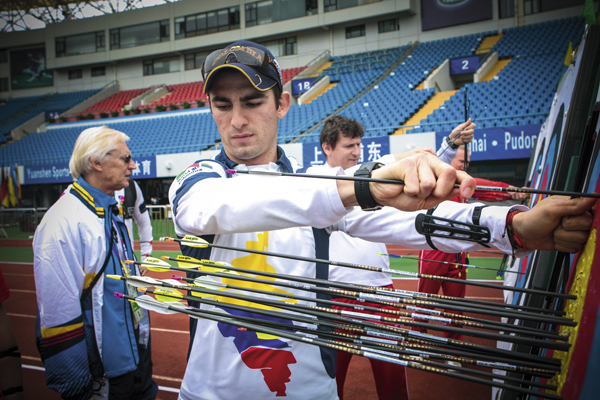
If you know a particular error sends your arrows off in a particular place, you’re more likely to be able to correct yourself
The thinking side of archery is properly the domain of the psychologist, not the engineer. Nevertheless, it is important. While I am an engineer, my wife is a psychologist (so perhaps a little rubs off), and I have competed in many top-level events (and won a few), so here are some thoughts.
Understanding why you lose points
Usually, a particular archer will lose points in several particular ways. These may differ from archer to archer. For example, I typically lose points in two ways:
- I miss just under the 10-ring. This seems to be because from time to time I aim over my sight dot rather than put it in the centre of the 10 ring.
- I miss just above the 10-ring, typically at about 1 or 10 o’clock. From time to time I help the release device along a little by letting my bow arm get in on the act rather than just constraining it to aiming the bow, and hence I move a small amount just as the release device is going to operate.
Having shot for many years I am well aware of these ways I typically lose points, and I do of course try hard to not do so.
I know if I get arrows hitting in those places it is highly likely that I have made one of those particular errors. I can then put in some additional effort to avoid them. You could of course comment that I should put in that additional effort all the time and simply not let them happen, but we are creatures of (seemingly) little brain, and it is easy to forget some of these small but important things.
The lesson here is to watch where your arrows are going, and if one of the faults you typically make has them go in a certain place then respond to it immediately if it happens.
A few simple rules
Most sports have a set of rules; here are a few useful additions. They are not exhaustive, but are perhaps indicative of a good mental approach (as seen by an engineer).
- The ‘groups in the middle are better than groups on the edge’ rule. Surprising as it may seem, many archers are happy to shoot for most of a day without having their arrow group centred on the centre of the target. This is a sure way to score less than you could have scored had your arrows been centred. Watch where the centre of the group is and, if it is not in the correct location, change your sight setting.
- The ‘aim in the right place’ rule. If you don’t think about where to aim each shot and do it accurately and steadily you can hardly expect to score as well as you would wish. Note that with wind on the field it might be that you should not be aiming each shot in the centre of the target.
- The ‘one shot at a time’ rule. Arrows we have already shot are a done deal – the rules say we cannot go and get them and re-shoot them. Hence, aside from using the knowledge of where they went to help us understand the prevailing conditions, there is no value in us worrying about them once they have been shot. Similarly, we have not yet got to the arrows that come after the one we are currently shooting, so it is not yet time to think about them. That is: the only one that matters now is the one in the bow and the task is solely to shoot it as well as possible. Never think “what might have been” or “what could be”.
The only one that matters now is the one in the bow and the task is solely to shoot it as well as possible
- The ‘shoot your own arrows’ rule. The only arrows you are permitted to shoot are your own and that is exactly where your effort should go. Don’t worry about what others shoot, or try to influence it: if they shoot better than you they deserve to win.
- The ‘focus on what you are doing’ rule. Ensure that at the start of each shot sequence you put other things out of your mind and concentrate on the task at hand.
- The ‘take a positive approach’ rule. “I can do it” is vastly more likely to succeed than “I might fail”. Don’t worry about losing points, but rather try to get them. A negative approach can lead to many technique problems (such as with the clicker or release device). Use your telescope to have a look at the results of excellent shots to reinforce that you shot them well.
- The ‘no one else cares where your arrows go’ rule. The only ones who care where your arrows go are those who think you might beat them, and you probably will. The good ones will be thinking about their own shooting (see the ‘shoot your own arrows’ rule).
- The ‘that piece of paper is not going to dominate my thinking’ rule. One common technique problem is ‘gold shyness’ or ‘punching’ or ‘freezing on the clicker’. These are different names for the one problem. These often happen through the archer trying to aim too tightly or from not trying to ensure that the clicker or release device operation is a surprise. In effect, the archer is letting a simple piece of coloured paper dictate their whole technique. In reality, the archer should be in control and the target face subservient.
- The ‘wind is my friend’ rule. The reality is that we are all likely to score less and to have poor shots when it is windy. The trick is to suffer less degradation than everyone else. If your technique is in good shape and your equipment carefully selected you should be able to achieve this. However, you need to start out with the outlook that if it is windy you will have an advantage. (At a tournament I do let other competitors know that I like it to be windy.)
- The ‘look like a winner’ rule. If you always try to look like you are enjoying yourself and shooting well (even though you might have the occasional disaster), you probably will.
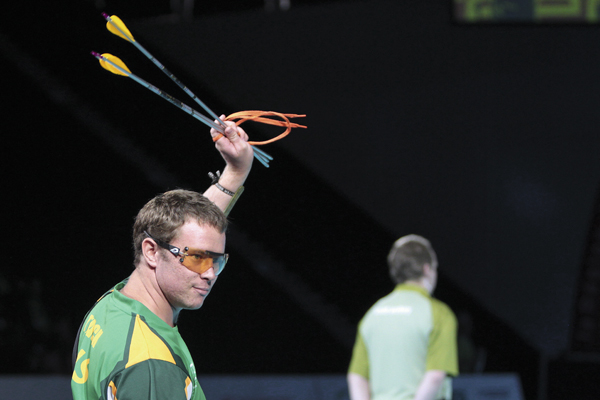
Look like a winner: if you look like you’re enjoying yourself and shooting well, you’ll find it easier to do just that
- The ‘it is good to be nervous’ rule. Many tests have shown that you are likely to score more if you are a little stressed. The trick is to have just the right amount of stress, as too much will degrade your scores. It is very useful to learn to assess your level of stress and how to adjust it (usually by learning to relax and to breathe properly).
- The ‘never give up’ rule. Funny things happen in competition. When the opposition does not use the ‘one shot at a time’ and the ‘shoot your own arrows’ rules they may just leave you with a good opportunity near the end of an event. If you make sure you use the ‘focus on what you are doing’ rule and never give up, it all might just fall into your lap at the last moment. Many a tournament has been won (or, more usually, lost) on the last arrow. Finishing a tournament strongly should be a key objective.


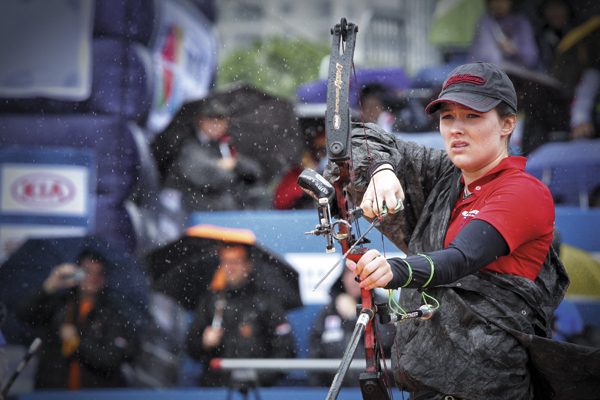
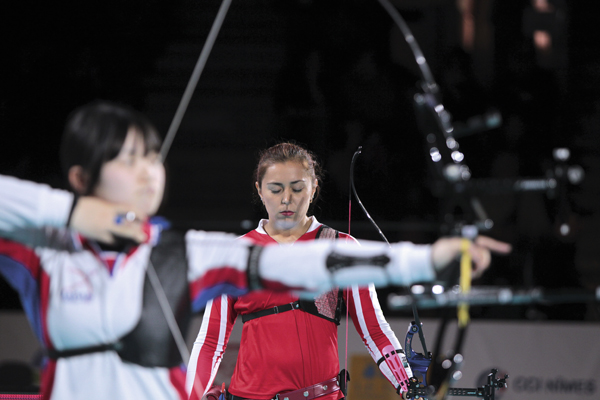
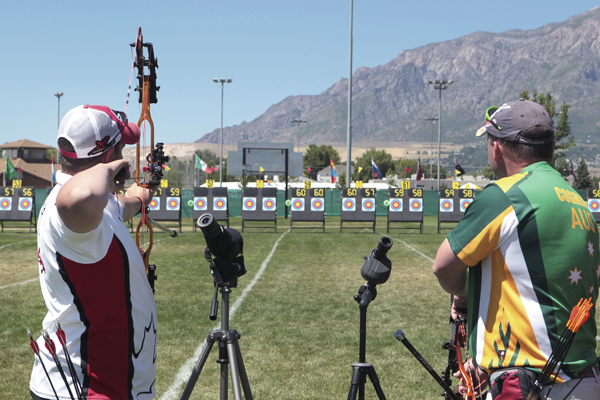
Great set of rules
Think i try to use some of them already but clearly need to focus on
Them
One arrow at a time and shoot your own arrows are two I need to focus on sure I have sabotaged my self at shoots before by not adhering to these two prime rules
Thank you for a very interesting perspective.